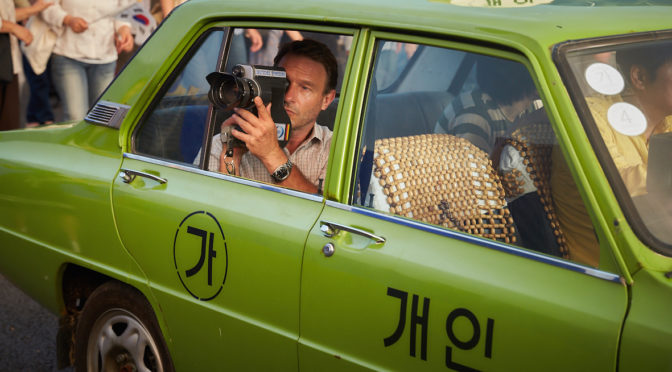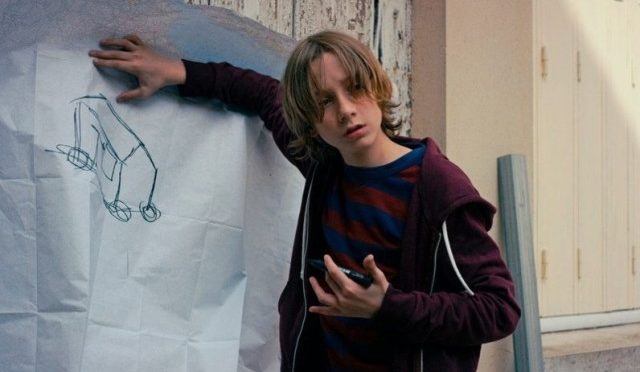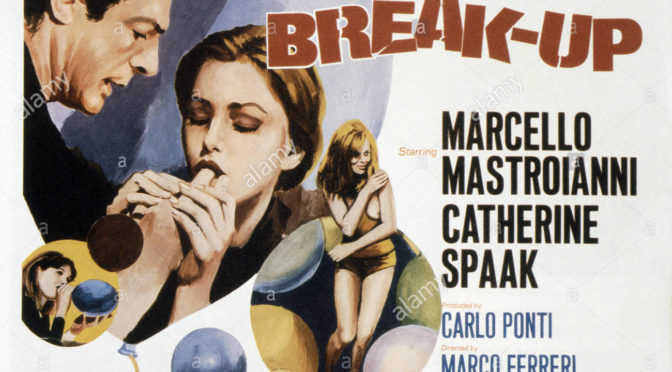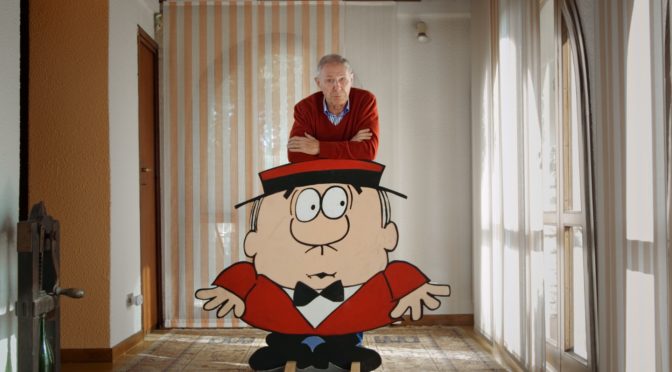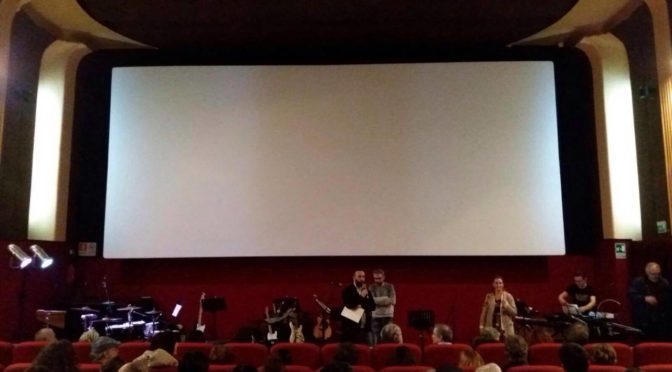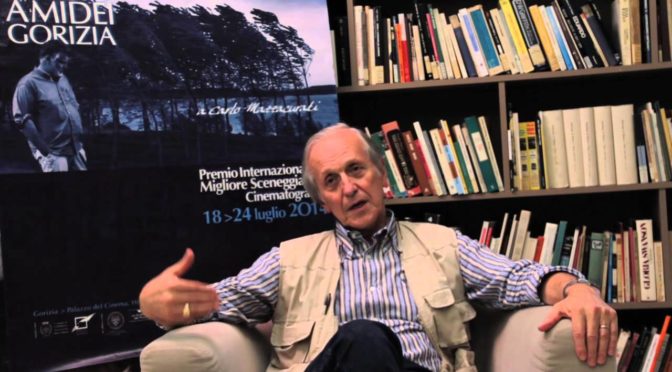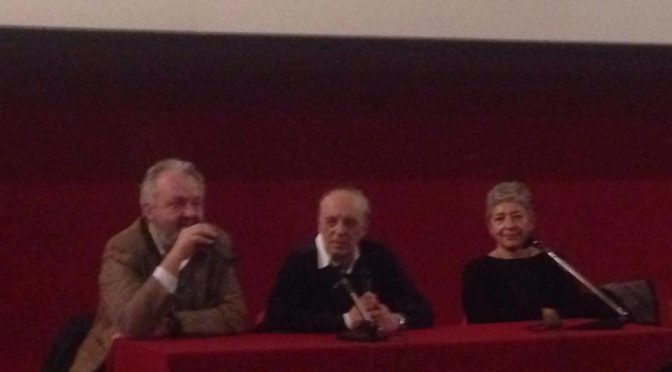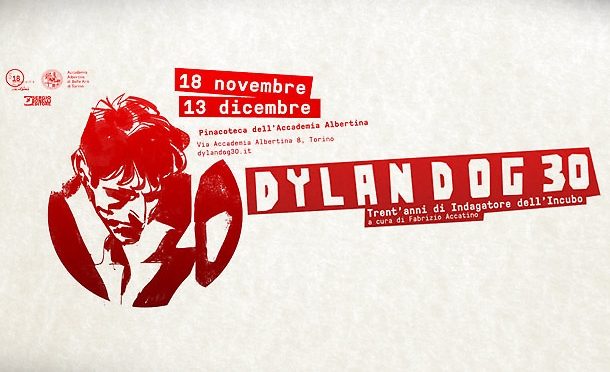Versione inglese a cura del Master in Traduzione per il Cinema, la Televisione e l’Editoria Multimediale
Article by: Gianluca Tana
Translation by: Valeria Alfieri, Laura Cocco
May 17th, 1980. The coup d’état of general Chun Doo-hwan leaves no hope for democracy in the South Korean people. The military regime imposes martial law from the very beginning, and it hides behind a wall of censorship and misinformation. The population of the small town of Gwuangju, encouraged by student demonstrations, takes to the streets, loudly demanding for freedom. However, the government responds with violence, opening fire on civilians, killing dozens of people and injuring hundreds. Journalist Jürgen Hintzpeter (Thomas Kretschmann) manages to record these riots on his camera and, helped by taxi driver Kim Man-seob (Song Kang-ho), succeeds in catching the world’s eye and let everyone know what is happening in South Korea. Continua la lettura di “TAEKSI WOONJUNSA – A TAXI DRIVER” by HOON JANG

